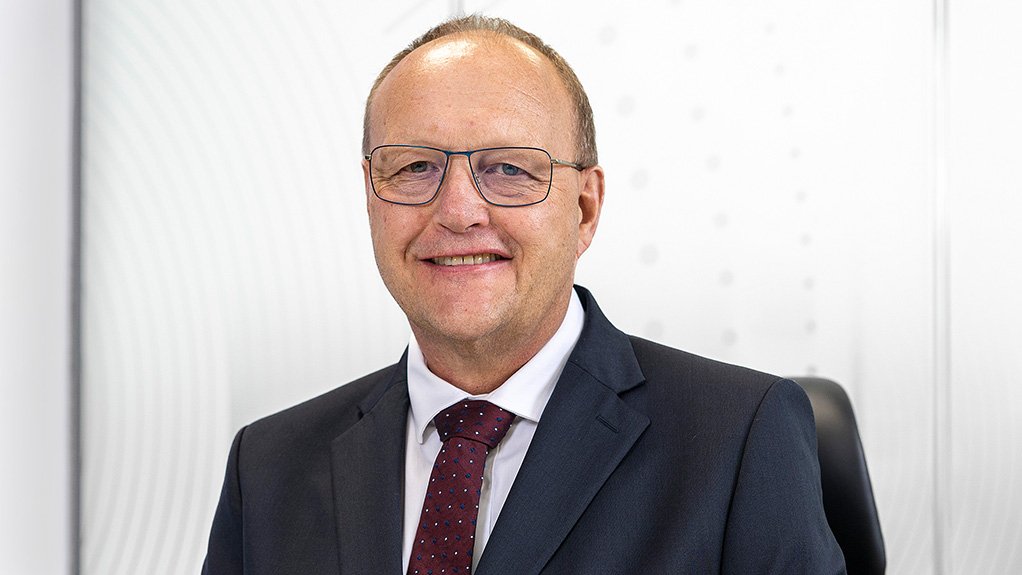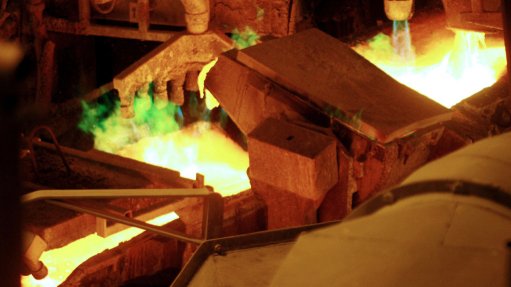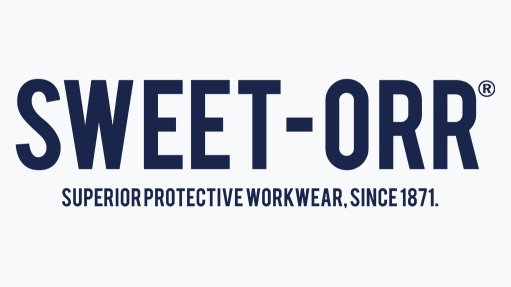Between 50 MW and 80 MW of wind power on way at South Deep – Gold Fields
JOHANNESBURG (miningweekly.com) – The South Deep gold mine west of Johannesburg, which is already benefitting from 50 MW of solar power commissioned last year, is poised to be boosted by another 50 MW to 80 MW of wind power going forward.
“We’re busy with the wind study to put up those turbines. We’re having very positive results on the tower that we put up,” interim Gold Fields CEO Martin Preece told Mining Weekly during a media briefing following the company’s release of quarter-three operational results.
Third-quarter production was 542 000 oz of gold at an all-in sustaining cost (AISC) of $1 381/oz and an all-in cost (AIC) of $1 622 oz. Third-quarter AISC of $1 381/oz was 30% higher year-on-year and 8% higher quarter-on-quarter.
The Johannesburg- and New York-listed company remains on track to meet the original production and cost guidance provided in February 2023, both at guided and forecast exchange rates. Attributable gold equivalent production is expected to be between 2.25-million and 2.3-million ounces, compared with 2.32-million ounces in 2022. AIC is expected to be $1 480/oz to $1 520/oz.
Regarding South Deep’s wind energy facility, a mast was erected to measure wind, bird life and bat life.
“We are currently busy with the environmental permitting for the wind facility. That should be close to completion in the second quarter of next year,” said Preece.
At the same time, the renewable energy team is working on where best to position the wind turbines along with their engineering design and final costing.
“We intend to make sensible arguments about advancing the wind project and taking it to the board for approval next year,” Preece added.
Provision has been made in Gold Fields’ long-term costing for the wind facility.
“We haven’t arrived at the exact number of wind megawatts yet for South Deep but we’re most probably going to generate somewhere between 50 MW and 80 MW,” Preece said in response to Mining Weekly during a media briefing following the company’s release of quarter-three operational results.
In Australia, additional solar has been approved at Gold Fields’ Granny Smith and Agnew mines, while a comprehensive study is being finalised to take the St Ives mine to 72% renewables.
The St Ives proposal will be presented to the board before year-end for the approval of a $200-million-plus investment, to be spent over a period of 2024 and 2025.
In Canada, a fully renewable hydropower electricity allocation has been allocated by Quebec Power for the Windfall project, where powerline construction to the mine is about 80% complete.
“Early next year, we should be able to switch Windfall on to a renewable source of electricity from hydroelectricity,” said Preece.
Gold Fields is partnering Osisko Mining to develop Windfall, where third-quarter pre-construction expenditure of $25-million has been reported.
In Chile, an environmental impact assessment has been approved for solar power at the Salares Norte project, where more renewables study work is needed, “but I think it’s more important right now that we get the mills turning and some gold coming out the backend at Salares rather than losing focus with solar panels”.
COLLEAGUES FROM GHANA MOVING TO AUSTRALIA
On skills shortages in Australia and South Africa, Preece said the Western Australian government was reducing entry requirements and making it easier for Gold Fields to get expatriates into the country.
“The challenge in Western Australia is a little bit different to what we find at South Deep in that there’s basically 97% employment in Western Australia and that 3% unemployment is not made up of people looking for jobs.
“It’s made up of people who either can’t work or don’t need to work. The job market doesn’t have surplus skills. You’ve got big infrastructure spend in the cities, which is attracting mining people because they know that they can go home every night.
“Then, you’re also competing with the big bulk miners who sometimes make in a month what we make in a year and their ability to attract talent with reward is a lot easier than ours, so the Western Australian government is certainly facilitating entry for expats and for people to take up residence.
“Some of our colleagues from Ghana are moving to Australia and we’re obviously recruiting from other parts of the world as well,” Preece said.
AT SOUTH DEEP MORE TRAINED THAN NEEDED
At South Deep, the problem is different and not a broad skills shortage but a shortage of long-hole stoping rig operators as well as the artisans that maintain the large underground trackless equipment.
“We’re losing those skills to the other bulk mines in Central Africa and some in South Africa. But we’ve employed additional operators. We will train way in excess of what we require and hopefully we’ll saturate our market and if it means we lose some, at least we keep ourselves staffed.
“We’re doing the same with our training centre for artisans. We’re trying to upskill artisans. The challenge with artisans is that there is a longer time factor. An artisan can take anything between three and five years to get trained and then leave with a qualification and ability. But operating or maintaining those pieces of equipment needs a couple of years of experience as well.
“So, in addition to recruiting and training artisans, we’re teaching artisans about fault finding and using simulations to teach them how to prepare and fix those machines. That will take us a bit longer but we’ve just got to invest in training and additional people,” Preece said.
Article Enquiry
Email Article
Save Article
Feedback
To advertise email advertising@creamermedia.co.za or click here
Press Office
Announcements
What's On
Subscribe to improve your user experience...
Option 1 (equivalent of R125 a month):
Receive a weekly copy of Creamer Media's Engineering News & Mining Weekly magazine
(print copy for those in South Africa and e-magazine for those outside of South Africa)
Receive daily email newsletters
Access to full search results
Access archive of magazine back copies
Access to Projects in Progress
Access to ONE Research Report of your choice in PDF format
Option 2 (equivalent of R375 a month):
All benefits from Option 1
PLUS
Access to Creamer Media's Research Channel Africa for ALL Research Reports, in PDF format, on various industrial and mining sectors
including Electricity; Water; Energy Transition; Hydrogen; Roads, Rail and Ports; Coal; Gold; Platinum; Battery Metals; etc.
Already a subscriber?
Forgotten your password?
Receive weekly copy of Creamer Media's Engineering News & Mining Weekly magazine (print copy for those in South Africa and e-magazine for those outside of South Africa)
➕
Recieve daily email newsletters
➕
Access to full search results
➕
Access archive of magazine back copies
➕
Access to Projects in Progress
➕
Access to ONE Research Report of your choice in PDF format
RESEARCH CHANNEL AFRICA
R4500 (equivalent of R375 a month)
SUBSCRIBEAll benefits from Option 1
➕
Access to Creamer Media's Research Channel Africa for ALL Research Reports on various industrial and mining sectors, in PDF format, including on:
Electricity
➕
Water
➕
Energy Transition
➕
Hydrogen
➕
Roads, Rail and Ports
➕
Coal
➕
Gold
➕
Platinum
➕
Battery Metals
➕
etc.
Receive all benefits from Option 1 or Option 2 delivered to numerous people at your company
➕
Multiple User names and Passwords for simultaneous log-ins
➕
Intranet integration access to all in your organisation



















